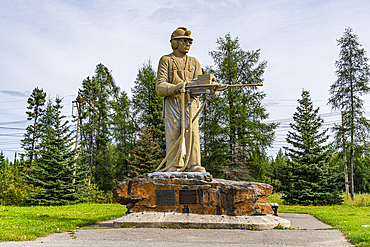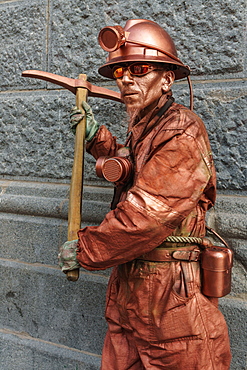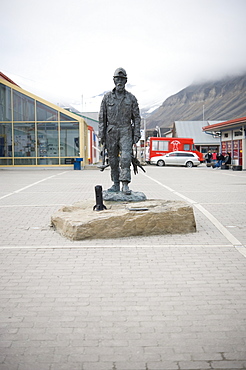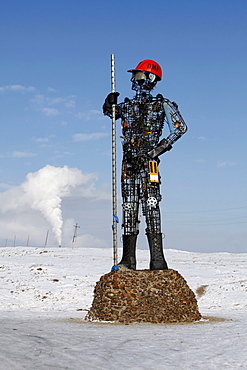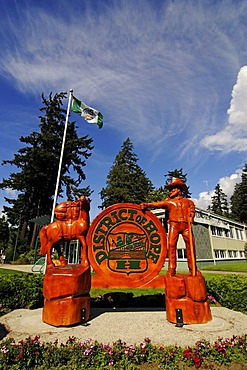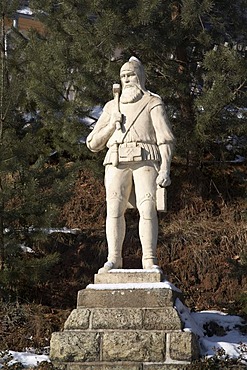Results
5 results found
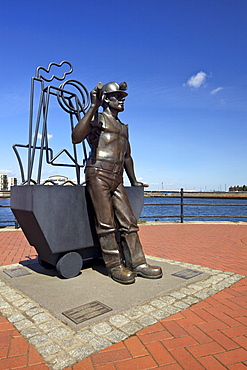
Miners Statue, Roath Basin, Cardiff Bay, Cardiff, South Glamorgan, South Wales, United Kingdom, Eurrope
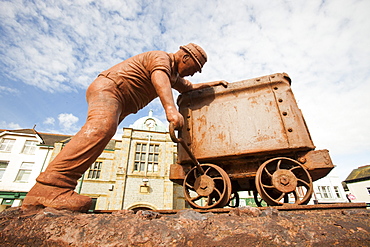
A sculpture in Millom depicting the area's heritage for iron ore mining, Millom, Cumbria, England, United Kingdom, Europe
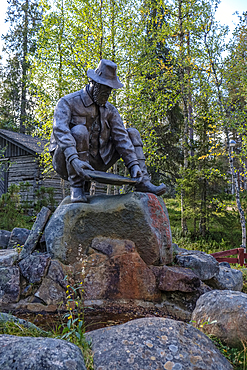
Gold Miners', Museum, Kemi sculptor Ensio Seppännen created the bronze statue of a gold panner in Gold Miners', Village, Tankavaara, Finland
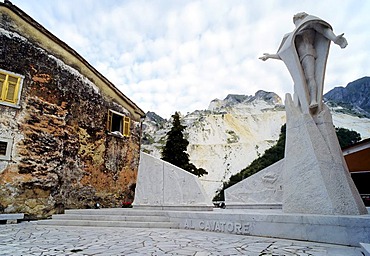
Modern marble monument for miners killed by accident, Colonnata, Carrara, Apennine Mountains, Tuscany, Italy, Europe
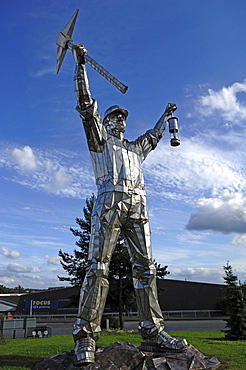
Statue, "The Minor Brownhills", 12 m high, artist John McKenna, Chester Road, Brownhills, Staffordshire, England, United Kingdom, Europe
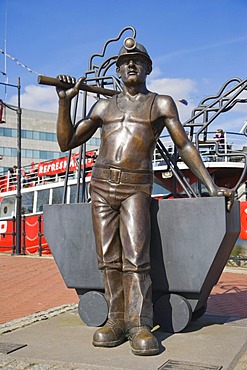
From Pit to Port, bronze statue by John Clinch, Jon Buck, Roath Basin, Cardiff Bay, Cardiff, Caerdydd, South Glamorgan, Wales, United Kingdom, Europe
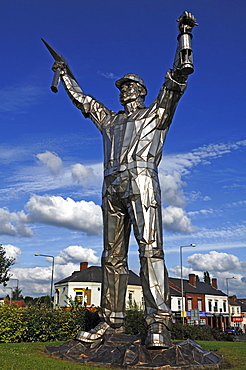
Statue, "The Minor Brownhills", 12 m high, artist John McKenna, Chester Road, Brownhills, Staffordshire, England, United Kingdom, Europe
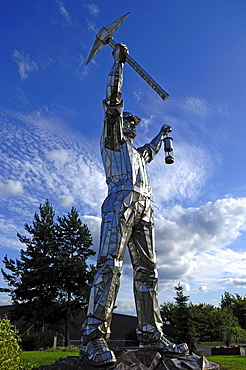
Statue, "The Minor Brownhills", 12 m high, artist John McKenna, Chester Road, Brownhills, Staffordshire, England, United Kingdom, Europe

Ceramic figure of el Tio or Supai, a creature with horns, gleaming eyes and a big penis, that in fact is not really satanic. It was introduced by the Spaniards in the 16th Century to the mines of Potosi. According to tradition, el Tio (The Uncle) rules over the mines of Cerro Rico, simultaneously offering protection and destruction. Over 500 chambers with statues to honour him have been constructed in Cerro Rico, so miners can leave offerings of tobacco, liquor and coca leaves to invoke his goodwill and protection., Potosi Department, Bolivia
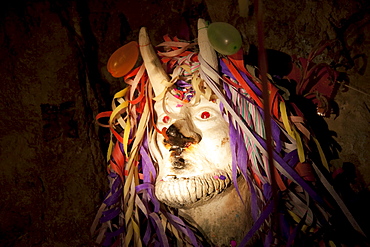
Ceramic figure of el Tio or Supai, a creature with horns, gleaming eyes and a big penis, that in fact is not really satanic. It was introduced by the Spaniards in the 16th Century to the mines of Potosi. According to tradition, el Tio (The Uncle) rules over the mines of Cerro Rico, simultaneously offering protection and destruction. Over 500 chambers with statues to honour him have been constructed in Cerro Rico, so miners can leave offerings of tobacco, liquor and coca leaves to invoke his goodwill and protection., Potosi Department, Bolivia

Ceramic figure of el Tio or Supai, a creature with horns, gleaming eyes and a big penis, that in fact is not really satanic. It was introduced by the Spaniards in the 16th Century to the mines of Potosi. According to tradition, el Tio (The Uncle) rules over the mines of Cerro Rico, simultaneously offering protection and destruction. Over 500 chambers with statues to honour him have been constructed in Cerro Rico, so miners can leave offerings of tobacco, liquor and coca leaves to invoke his goodwill and protection., Potosi Department, Bolivia


